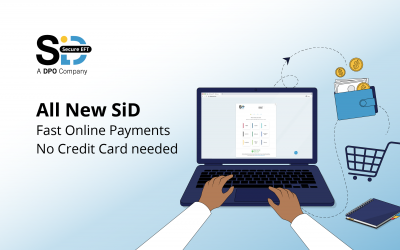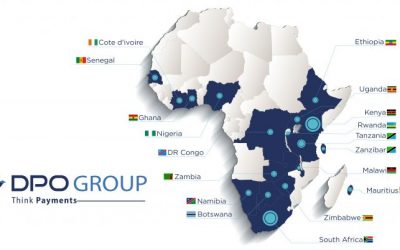The South African e-commerce web development landscape is highly competitive with shrinking margins and developers highly sensitive to delays. Working with a payment vendor which understands the needs of developers as well as merchants can make all the difference.
As more and more businesses move into digital delivery, developers who can build and deliver fast, stable and elegantly designed websites are setting themselves apart. These industry leaders are the ones who understand the cost of downtime and just how important a role the payment system plays in excellent customer experience.
In fact, research company Forrester said that, on average, retailers were spending 7% of their online revenues supporting the technology which underpins their e-commerce operations.
This is not surprising considering the cost associated with downtime. One of the most famous examples of the costs associated with customers not being able to complete transactions comes from etailer giant Amazon.
In 2007, Amazon’s net revenue was $14.8 billion, which translates into $29 000 per minute. In June 2007, the site crashed. In just two hours the estimated cost of that downtime amounted to a staggering $3.48 million.
While South African e-commerce sites are not yet in that league of transactional value, every merchant’s business is put at risk by transactional interruptions.
The harsh reality is that the blame for this is generally laid squarely at the feet of the developers. Finding a payment vendor which truly understands the frustrations and requirements of the developer benefits both the developer and, ultimately, the merchant.
Change is inevitable
Payment gateways will, from time to time, issue updates or changes to documentation. These changes must be communicated ahead of time. More particularly, the information must be communicated to the right people and action must be taken immediately. Business owners often don’t understand that even simple changes can lead to transactional failures.
While it’s up to the payment vendor to send out change and update notifications in good time, closing the loop with technical teams and merchants is paramount.
Updates and changes are further complicated when processing systems are changed or experience downtime due to high volumes.This situation will often cause panic as the merchant sees multiple failed transaction messages coming through. Their first point of reference will be the developer who will be expected to not only know why this is happening, but have a solution at hand.
The key to resolving these kinds of headaches is to have absolute transparency across the ecosystem, between merchants, technical teams, developers and the payment vendor – and to ensure that the right people are looped into the communication chain.
Racing against the clock
A payment vendor which really understands the needs of developers and merchants will build a support system which is able to deal with technical questions quickly and thoroughly.
Working closely with developers from the outset can make all the difference. Getting the payment setup and integration right, as well as taking the time to explain the system, means developers are far less likely to encounter complications and delays later on.
Don’t make it someone else’s problem
Anyone who has ever dealt with a help desk will understand the frustration of waiting endlessly and, when you’ve finally been heard, being passed from person to person as you try find someone with the right expertise to resolve your problem.
Having a support team who are able to handle any level of query from the most basic, to the highly technical, means you can resolve your problem in a single engagement.
Being able to choose the means of communication is also helpful. Multiple communication channels allow developers to engage in a way they prefer. Telephone, email and live chat should be a standard in any offering.
Soon all business will be transactional
As more and more business goes online, e-commerce is no longer the sole domain of the Business-to-Consumer organisation. Global trends show that even the traditional Business-to-Business companies are developing e-commerce platforms and websites to engage with their clients.
The age of online self-service is here. And, while this will mean a healthy pipeline of new business for the developer community, when it comes to delivering transactional websites which are stable and profitable, developers will need to be incredibly selective about who they choose to work with.
Recommending a payment vendor which not only delivers excellent rates and service, but which also understands the needs of the developer, will mean a better build and support experience – and ultimately, a more profitable client.
















